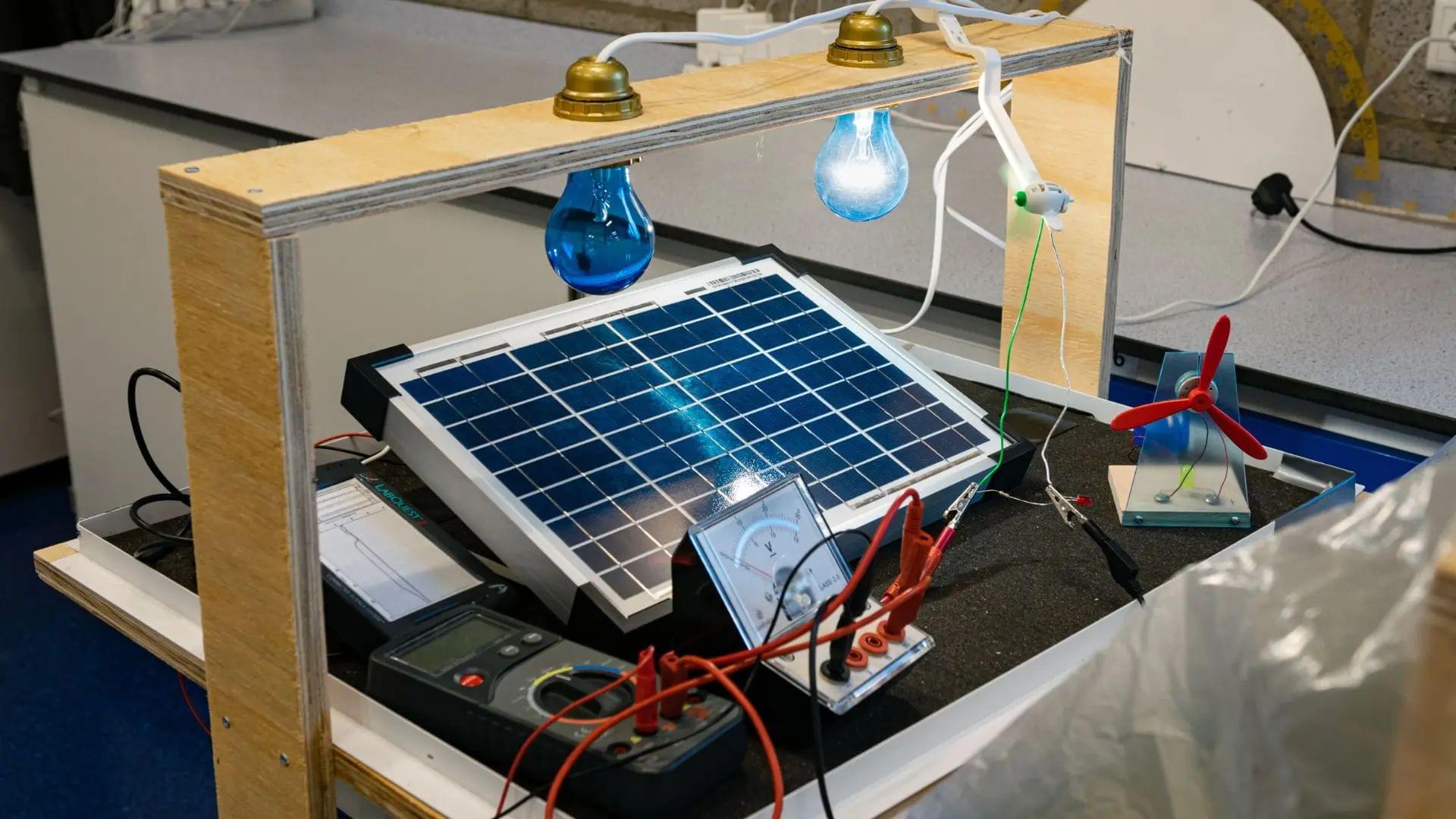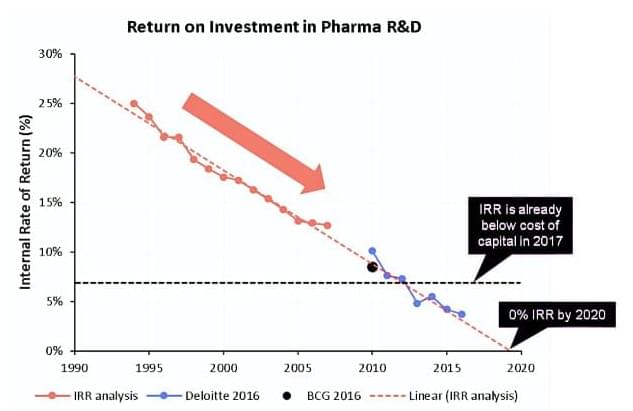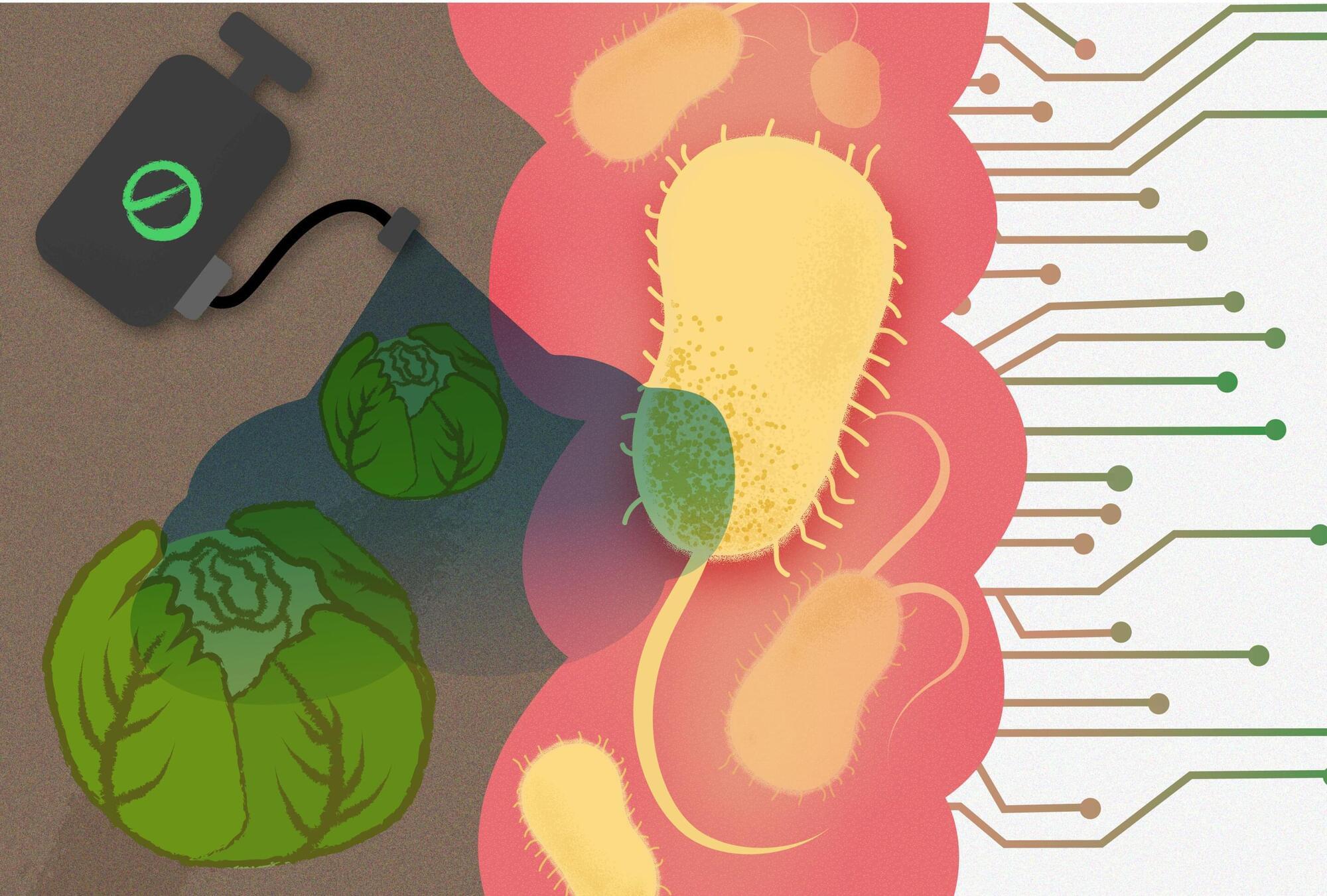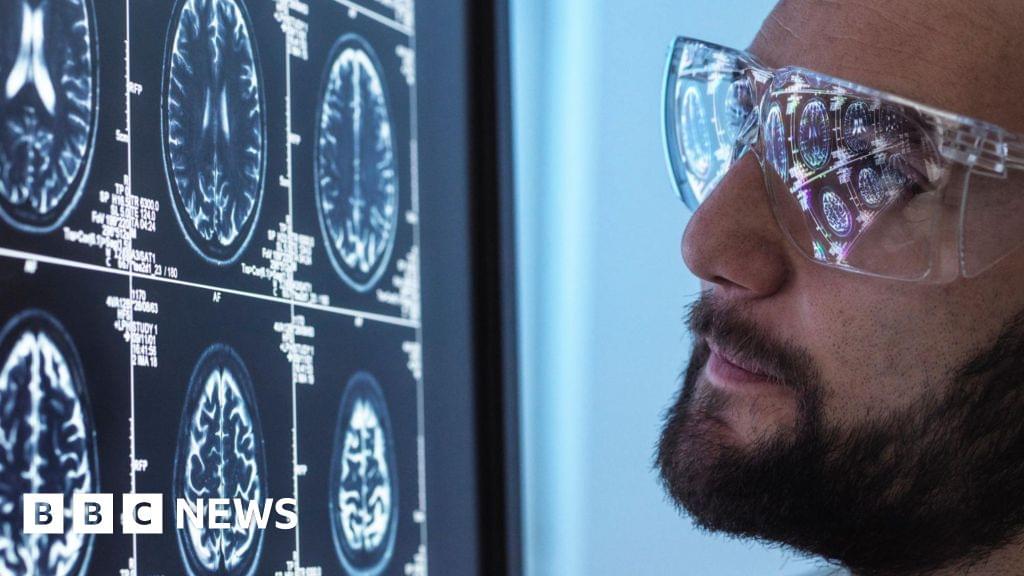Scientists have just discovered an incredible superpower hidden away in the tissues of the fern Blechnum orientale, a plant that can collect and store rare earth elements.
The findings could lead to a more sustainable way of gathering mineral resources that we are increasingly reliant upon.
There are 17 rare earth elements in total, and these metallic materials are now deeply embedded in all kinds of tech – from wind turbines and computers, to broadband cables and medical instruments. They’re not actually that rare, but they are difficult and expensive to extract from the Earth’s crust in a useful form.









